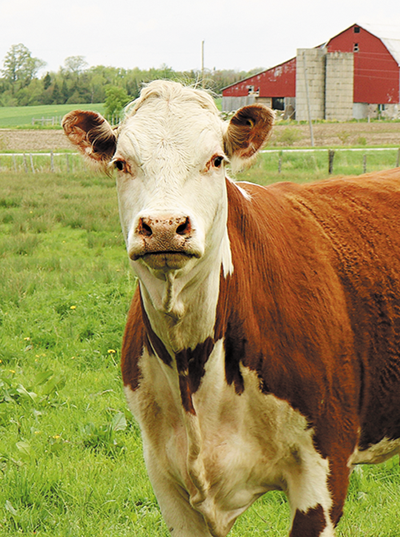About
National Index
A growing coalition of private-public partners are working pre-competitively to present an integrated picture of sustainability for Canada’s agri-food sector from food production to retail – and improve upon it. The National Index on Agri-Food Performance seeks to use science-based metrics. Outcome-based data is preferred and used where available, although some practice-based data is relied upon where data is inadequate. The Index spans four sustainability priorities: the environment, food integrity, economic, and societal well-being.
Demonstrating sustainability credentials presents an immense economic opportunity for the sector and for advancing the country’s food ambition. Consumers, customers, investors and regulators, worldwide, increasingly expect food production and supply to be more sustainable and responsible. With an Index in hand, Canada can credibly show its track record, leadership and mark progress on improvements going forward.
Since 2020, the partners have been developing the work. In May 2023, a modest pilot “Index 1.0” was launched.
About
Centre for Agri-Food Benchmarking
In 2024, the partners formalized the Centre for Agri-Food Benchmarking, housed by the Canadian Agri-Food Policy Institute. The Centre's role will improve and publish the next version of the Index, representing a wholesale shift from a pilot to a more sustained, long-term approach. The Centre is committed to an initial four-year plan, approved by partners, to advance the mission of the Index.























